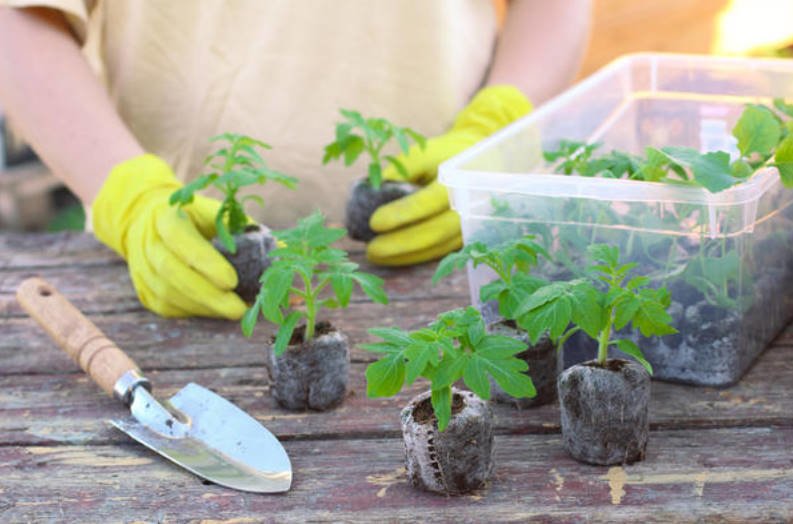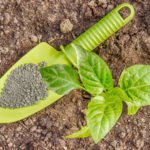Peat tablets for growing seedlings of vegetables and flowers are loved by many summer residents. They have very attractive advantages: first, they are an excellent solution for growing plants that do not tolerate transplanting (petunia, lobelia); second, they are convenient to use when using expensive, piece seeds; third, the tablets are well rooted by cuttings. There are other important benefits, such as space savings.
There are also disadvantages. Peat dries very quickly, so the moistening of plantings in tablets should be monitored more closely. In addition, gardeners are faced with the formation of mold on pots and peat tablets. Well, an important aspect is the rather high price.
We offer you to make your own peat tablets for growing seedlings. To do this, you will need:
- peat-9 l (2.4 US gal)
- coconut substrate-4 l (1.05 US gal)
- food film
In addition to the ingredients per se, you will also need a tool. A plastic sewer pipe with a diameter of 50 mm (2 in) and a length of 150 mm (5.9 in) is well suited, it is still necessary to find a so-called piston, of a suitable diameter, with which we will press our tablets. Often, ordinary wooden devices for making mashed potatoes are ideal for this purpose.
From the end of the piston, screws with three washers are screwed into the center. You will also need a hammer, utensils for mixing peat with coconut substrate, and a container for filling briquettes.
First, slightly moisten the coconut substrate and loosen it.
Then combine with the peat and mix thoroughly. Often there are branches or other large wooden trash cans that need to be removed.
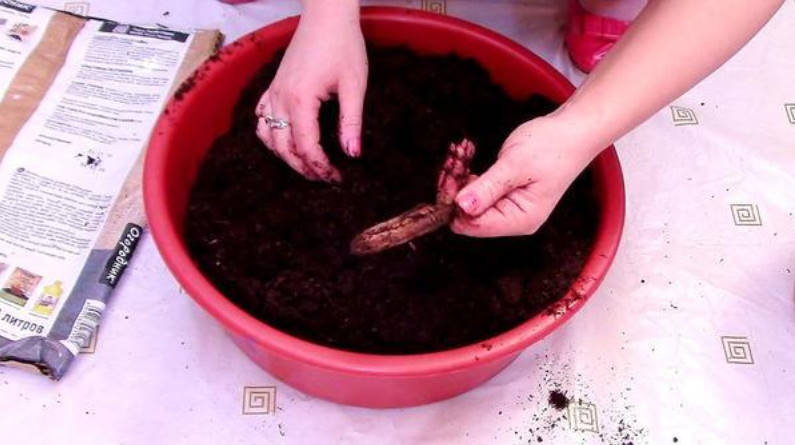
Select large inclusions
The resulting mass should be slightly moistened. To do this, add 400-500 ml (14-17.6 fl. oz) of water and mix everything well again.
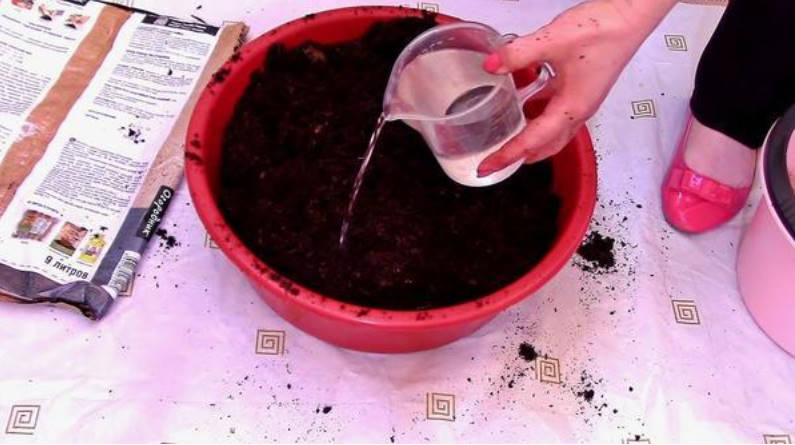
Moistened mixture
Now our mixture should be placed in a suitable container: it should be quite narrow and high, but not higher than the length of the pipe (15 cm/5.9 in). Insert into the center of the pipe (part of the mixture is inside) and use a pusher and hammer to seal the briquette. Three or four strokes are enough, between which it is desirable to rotate the piston. The screw screwed in the center forms a recess for placing seeds.
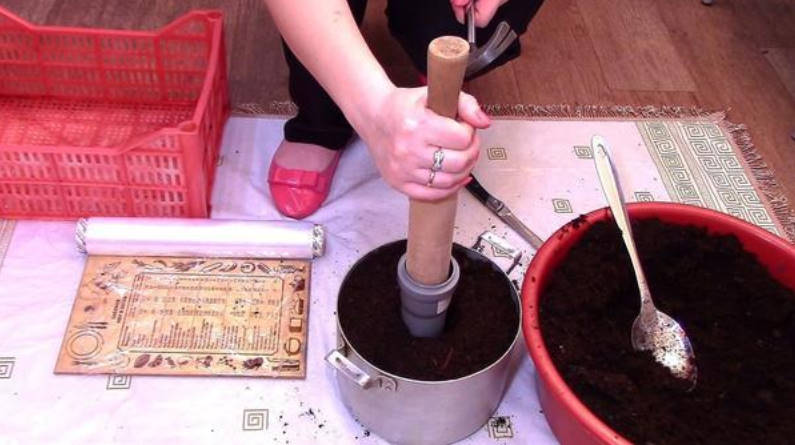
Seal the briquette
Remove the compressed mass by pressing it with a pusher, and wrap it in a strip of food wrap.
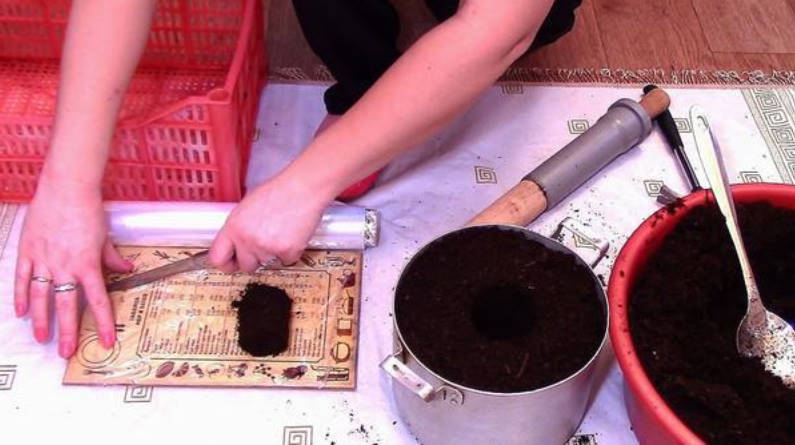
Wrap the briquette in plastic wrap
Please note that the bottom of the briquette does not need to be completely tightened with a film, through the hole left later, it will drink water at the bottom watering. On top, you should leave a free strip of film 2-2.5 cm (0.8-1 in) wide,since the briquette will increase in height during swelling.
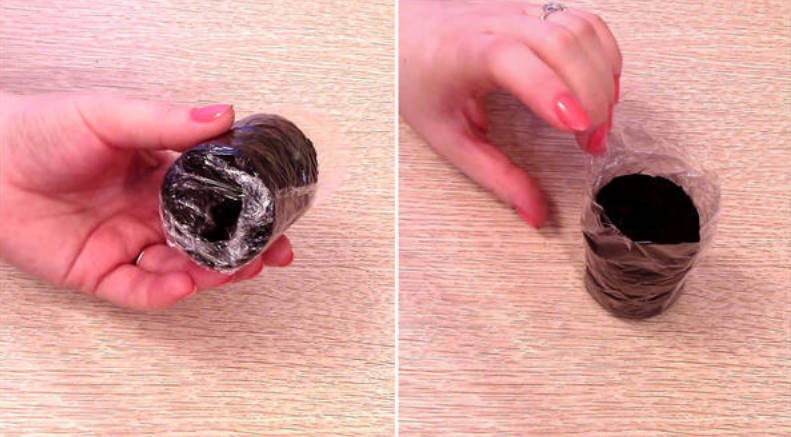
Ready-made briquette
From the prepared ingredients, on average, about 50 briquettes for seedlings are obtained. If the process of making peat tablets seemed too troublesome to you, you can always choose and buy ready-made briquettes.
